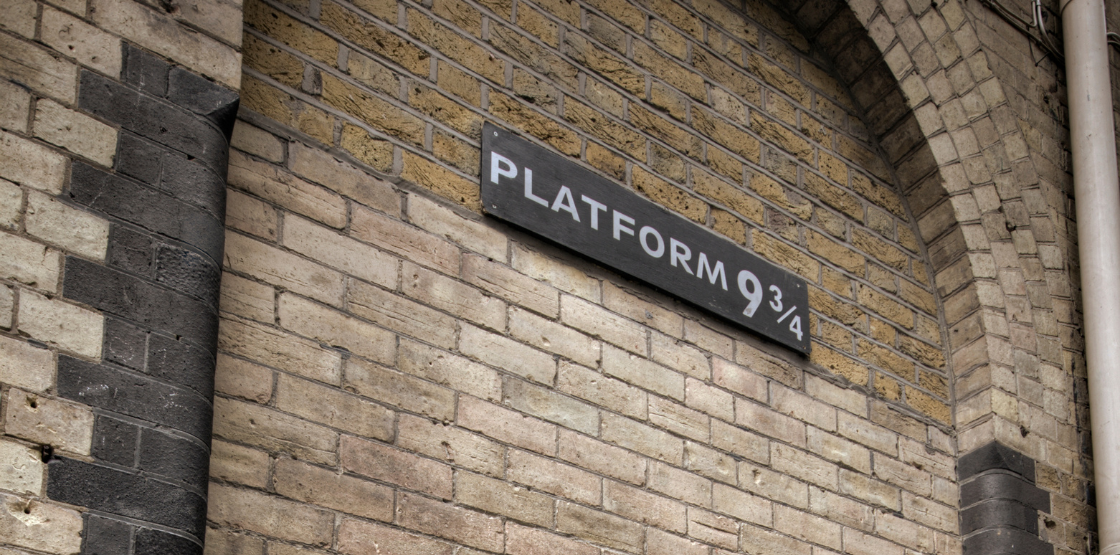What is a Hack-a-thon?
The term “hackathon” (or “hackfest,” “codefest, or “hackday”) combines the words hack and marathon. In other words, a caffeine-fueled frenzy of innovation. Though coding is a common hackathon task, these events, which can last from a single day or an all-nighter to more than a week, aren’t just for hacking. Hackathons can be used to solve a critical problem, to learn, to brainstorm new and innovative ideas, or even in support of a cause. Companies like Facebook, Google, Shutterstock, and AT&T are among the many notable companies that use hackathons. Here’s how we use hackathons here at Service Objects.
Every Day Hackathon Mentality
Innovation is important to Service Objects, so much so that we are given tremendous freedom to continually innovate our products. Innovation is part of our jobs to the point that every day is essentially a hack day. However, we also have to juggle our day-to-day tasks and other responsibilities. It dawned on us that starting our own hackathons would allow us focus on innovation in a more focused and more collaborative manner.
Service Objects’ Hackathons
So far, we have held two hackathons and are looking forward to our third one in the next month. Every other month, we set aside two solid days for our hackathons.
We block off the engineering area of the office using police tape to block off the hallway leading to our area. Though our area is located in a quiet, isolated corner of the building, having a physical blockade reinforces the message that we’ve already shared with the rest of the company: Do not disturb! Everyone knows that we are not to be interrupted unless it’s an emergency. Even then, one point of contact is assigned to handle the case, allowing the rest of the team to continue hacking.
The police tape also puts us in the right frame of mind. We know that when we enter the hackathon zone, we are entering an area where we are encouraged to step outside of our comfort zones. We have no set rules other than to build something we think will help the company and its customers. For example, our internal applications group might try their hand at interesting new services and functionality while the R&D team could create an internal app that they think would benefit the company in some way.
Though we’ve only held two hackathons to date, we’ve already generated some useful ideas such as:
- The identification of unincorporated locations of a city
- A new way to collect business data
- A new fuzzy matching algorithm for our email validation service
- A potential way to identify telemarketers from a phone number
The entire team looks forward to our hackathons. While we get to innovate daily, our hackathons allow us to come together — without interruption — specifically to ask “What if?” and push ourselves outside of our comfort zones. We enter the each hackathon with the knowledge that anything is possible, and we conclude each one with a fresh set of ideas for the betterment of our company.












